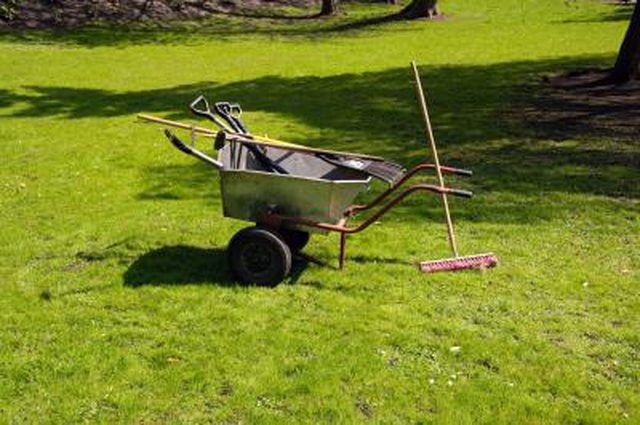Bulbs
Flower Basics
Flower Beds & Specialty Gardens
Flower Garden
Garden Furniture
Garden Gnomes
Garden Seeds
Garden Sheds
Garden Statues
Garden Tools & Supplies
Gardening Basics
Green & Organic
Groundcovers & Vines
Growing Annuals
Growing Basil
Growing Beans
Growing Berries
Growing Blueberries
Growing Cactus
Growing Corn
Growing Cotton
Growing Edibles
Growing Flowers
Growing Garlic
Growing Grapes
Growing Grass
Growing Herbs
Growing Jasmine
Growing Mint
Growing Mushrooms
Orchids
Growing Peanuts
Growing Perennials
Growing Plants
Growing Rosemary
Growing Roses
Growing Strawberries
Growing Sunflowers
Growing Thyme
Growing Tomatoes
Growing Tulips
Growing Vegetables
Herb Basics
Herb Garden
Indoor Growing
Landscaping Basics
Landscaping Patios
Landscaping Plants
Landscaping Shrubs
Landscaping Trees
Landscaping Walks & Pathways
Lawn Basics
Lawn Maintenance
Lawn Mowers
Lawn Ornaments
Lawn Planting
Lawn Tools
Outdoor Growing
Overall Landscape Planning
Pests, Weeds & Problems
Plant Basics
Rock Garden
Rose Garden
Shrubs
Soil
Specialty Gardens
Trees
Vegetable Garden
Yard Maintenance
How to Get Rid of Black Mold on a Lawn
How to Get Rid of Black Mold on a Lawn. When black mold appears seemly out of nowhere, leaving patches of black slime on the lawn, grabbing the nearest fungicide is tempting. But for this problem, chemicals rarely work. Though unsightly, black mold is relatively benign and not difficult to treat.

When black mold appears seemly out of nowhere, leaving patches of black slime on the lawn, grabbing the nearest fungicide is tempting. But for this problem, chemicals rarely work. Though unsightly, black mold is relatively benign and not difficult to treat.
Rinse It Off
Use plain water to get rid of the unsightly black patches quickly and easily. Set a hose nozzle to its strongest setting and spray the slimy black mold directly. The water dislodges the mold spores. Washing off the mold works best during dry weather or a few days before a period of dry weather. Once dislodged, the mold spores are less likely to hold up when the lawn dries out.
Rake It Out
In wet or dry weather, use a lawn rake to get rid of black mold on the lawn. Rake the affected areas lightly using a flicking motion to break up the mold colony without damaging the lawn. After raking mold-infected areas, clean your rake and any other tools you used in a solution of 1 part standard bleach to 9 parts water. Either wash the rake with the solution, or dip it in a bucket with the water and bleach solution.
Mowing Mold
A lawn mower can minimize the appearance and damage of black mold on the lawn. In spring and fall, mow the lawn 2 1/2 to 3 inches tall and for summer set the mower to 4 inches tall, as you normally would. After mowing an area of the lawn affected by black mold, rake up the clippings and get rid of them. You can use the rest of the lawn clippings as mulch but make sure you don't get the black mold into the mix.
Let It Be
If you're short on time, just let it go. As it's most likely to show up during humid weather during the year, both in cool winter climates and wet spring and fall times, the mold will usually disappear when the weather dries out. If a shaded area succumbs continuously to black mold problems, consider removing the lawn and installing a shade garden instead.